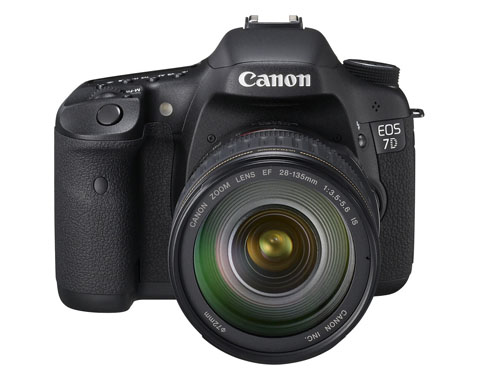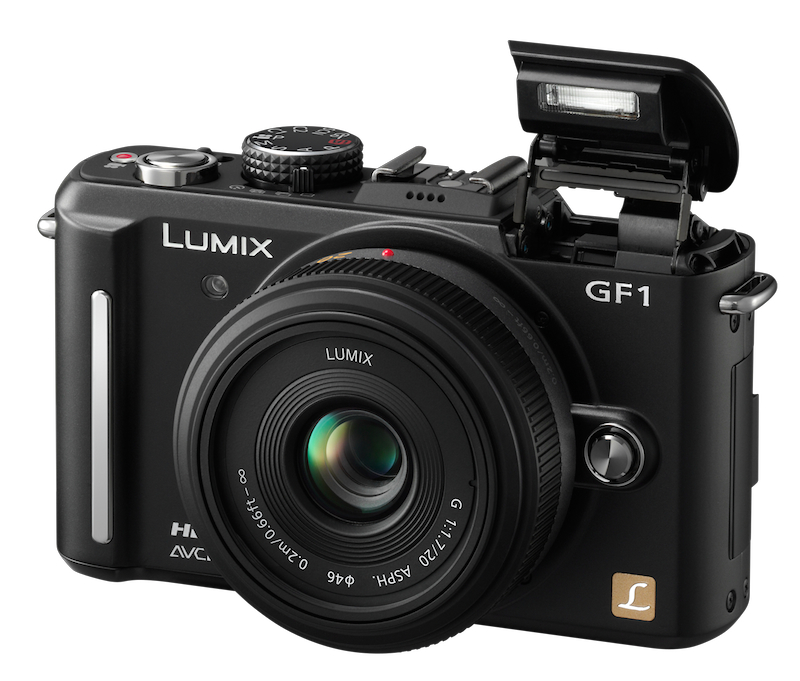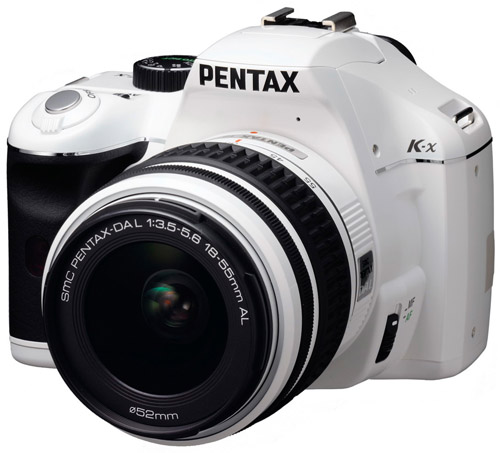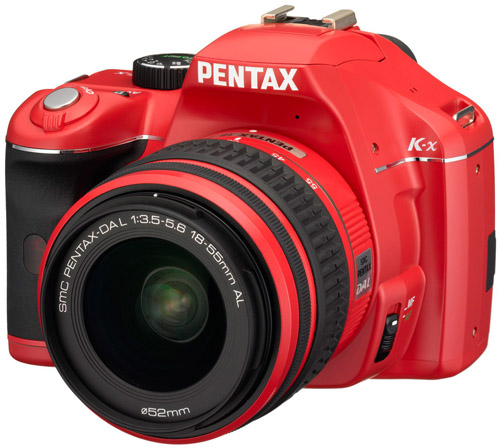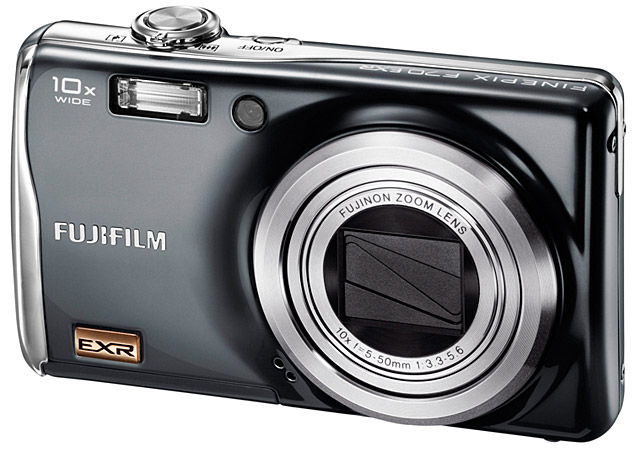Apologies to all for dropping the ball for the past three months – it’s been a whirlwind start to the semester here. Big, recent developments:
Nikon SLR Refresh
Nikon introduced a couple of new SLR updates, the updated D300s and D3s. The D300 is a pretty incremental upgrade to the mid-level D300, offering a modest +1fps improvement in continuous shooting (up to 7fps), and bringing the video capability that’s now standard on every new DSLR.
The bigger story came a few months later, in the form of the D3s. While still not a revolutionary introduction, it is much more than a software refresh. Among the features of note were a video mode (at 24fps!, albeit only at 1280×720 (720p) resolution), 11fps available in a higher-res crop mode (it now crops only 1.2x instead of 1.5x), and an increase in ISO range, up to ISO12.8k natively with a boost to ISO100k. The D3s presumably packs a different sensor, though it still maintains the same 12.1MP resolution.
People have been going goo-gah over the last spec in particular, especially given such a high linear number for ISO (and from here, it’s just four more stops til we get to ISO1.6 MILLION), though it’s really just +1 stop natively and +2 stop boost over the previous D3. And it’s important to note that the simple availability of an ISO capability says nothing about image quality at that level – that would be the same mistake as having the maximum shutter speed expanded from 30 seconds to a minute, and somehow thinking this magically makes photos at 1/500s less blurry. Given that the resolution (and thus pixel pitch) remained the exact same, I certainly wouldn’t expect quality to be any worse than the D3, and quite probably will be a tad better (although I have extreme doubts about the ISO100k mode, which is digitally boosted 3 stops; things have always looked terrible at just +2 stops digitally, even boosting ISO100+2 to 400.)
All in all, about as much as you could expect from Nikon, who seems to do very incremental updates and waits a long time to deliver big, revolutionary refreshes. Here’s hoping we see that D3s sensor in a D700s soon, though 1080p at 24fps would be nice (and completely feasible: 1920x1080x24fps = 49.8MP/s throughput, while we definitely know that the D700 supports 12.1MPx9fps = 108.9MP/s throughput in its continuous shooting mode).
Nikon D3s press release (I don’t know why they keep referring to it as “D3S”, past history and even the logo in the image clearly denote “D3s”)
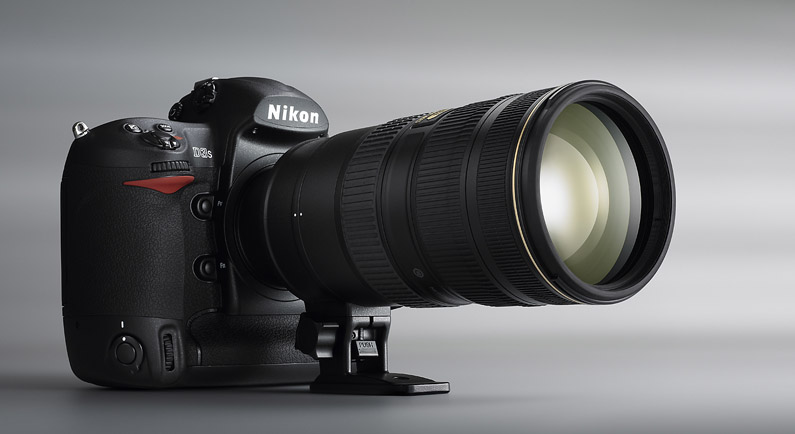
The Nikon DS3, now with 720p video and ISO up to 12.8K/100K(boost)
Nikon also announced a couple of lens refreshes, with Version II’s of their popular 18-200mm VR ultrazoom and a long-awaited update to the 70-200 f/2.8 VR to optimize it for full-frame (FX) sensors. As Nikon had long trumpeted 1.5x crop DX sensors before their introduction of the full-frame D3 in 2007, they cut corners with their introduction of the 70-200 f/2.8 VR in 2003, building a lens that was technically full-frame but had an abysmal drop-off in performance once you actually got to the corners outside of a 1.5x imaging circle. This wasn’t found out until a bit after the D3 was released, finally giving digital photographers a platform to test the lens’ full frame performance, which resulted in tests like these:
http://www.dpreview.com/lensreviews/nikon_70-200_2p8_vr_n15/page6.asp
http://www.dpreview.com/lensreviews/widget/Fullscreen.ashx?reviews=17&fullscreen=true&av=3&fl=105&vis=VisualiserSharpnessMTF&stack=horizontal&lock=&config=/lensreviews/widget/LensReviewConfiguration.xml%3F4
The new 70-200 II promises to fix all of these problems with a new optical design and coatings, and promises to throw in a more effective “4-stop” VR system as well. There haven’t been too many authoritative tests yet to show how it performs (if you’ve found any, send me a link!), but presumably they should have no problem building such a lens – Canon has had two 70-200 2.8’s that’ve performed flawlessly on full-frame, and Nikon itself had a great 80-200 2.8 lens prior to the 70-200 VR I.
The one stickler? As if Nikon’s $2019 price on the original 70-200 I wasn’t enough, the 70-200 VR II will now set you back a cool $2400.
Nikon 18-200 II and 70-200 2.8 VR II press release
